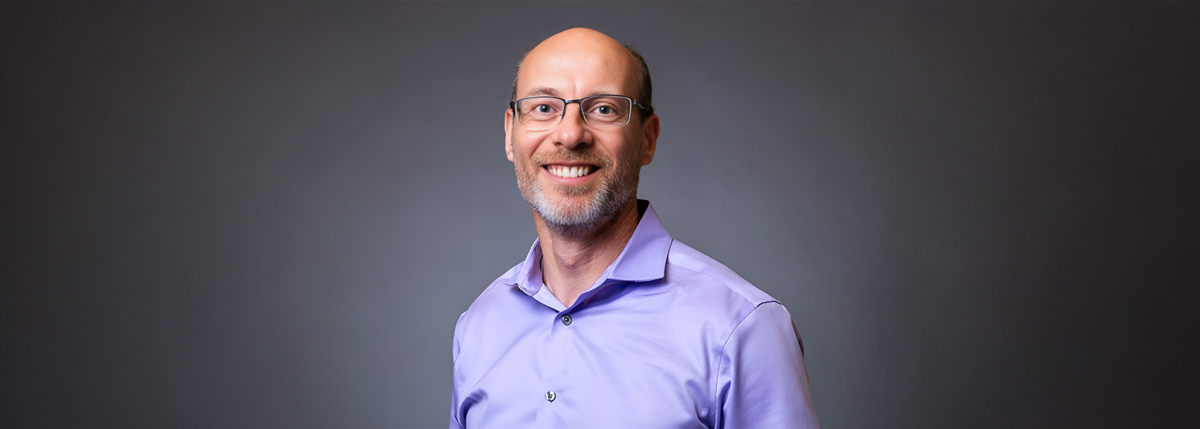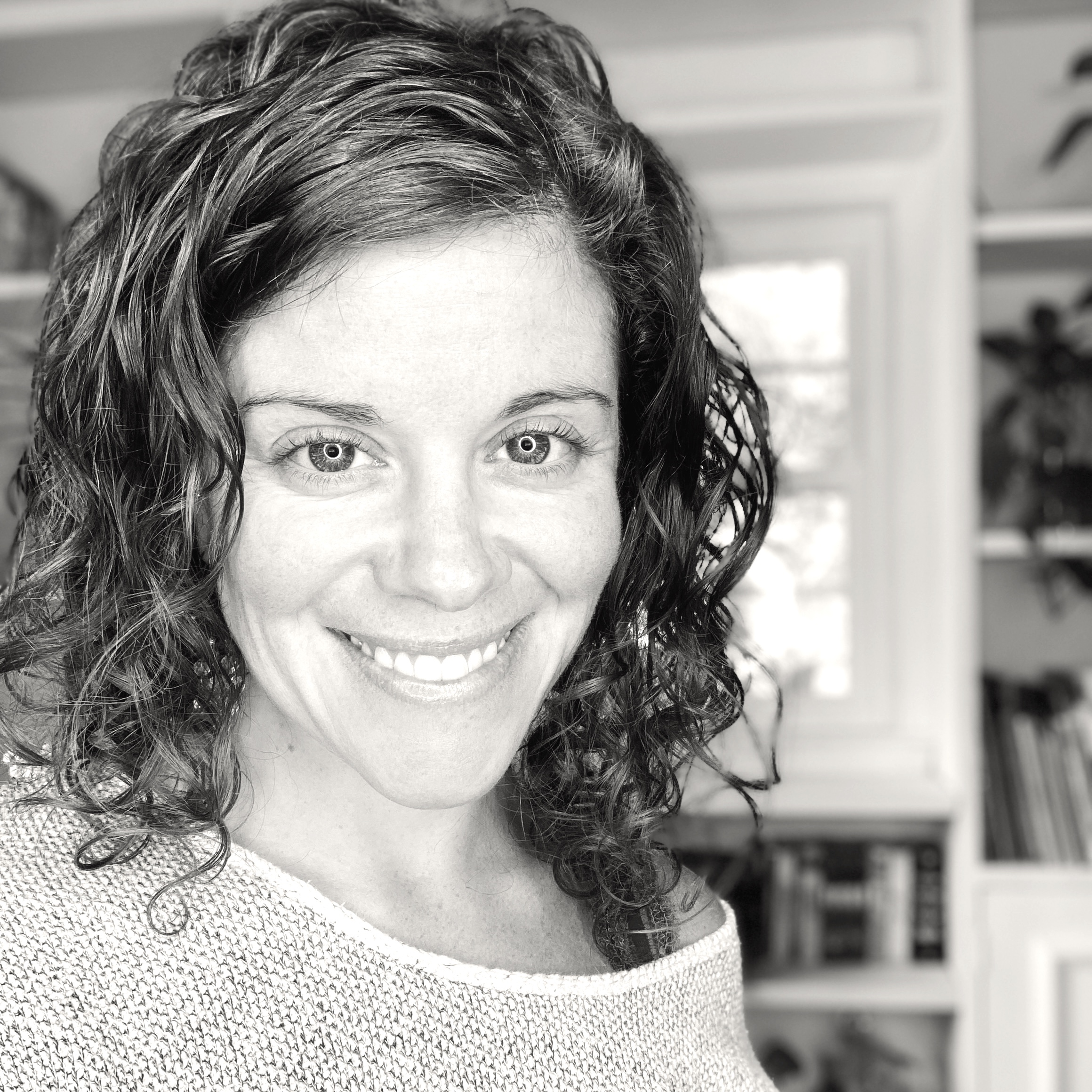Protecting Your Eyes as a Person of Color with Diabetes
Written by: Ginger Vieira
8 minute read
March 28, 2022
Today, more than 800,000 Black Americans have diabetic retinopathy. Retinopathy can lead to vision loss and blindness when left undiagnosed and untreated. With routine eye exams and proper treatment, blindness caused by diabetes is largely preventable.
Dr. Kristen Nwanyanwu is a practicing ophthalmologist and surgeon who leads diabetic retinopathy research at Yale’s School of Medicine. She is working to improve today’s healthcare system that doesn’t adequately address the needs of underserved populations, including Black Americans and other people of color.
In this interview—on behalf of the American Diabetes Association and Focus on Diabetes—Dr. Nwanyanwu explains why regular eye exams are so important, how treatments for retinopathy work to save your sight and how she’s hoping to change systemically racist issues in today’s healthcare system.
This interview has been edited for length and clarity.
Ginger Vieira: Welcome. My name is Ginger Vieira. I am a senior content manager at Beyond Type 1. I’ve lived with type 1 diabetes for 24 years and have the pleasure today of interviewing Dr. Kristen Nwanyanwu. She is an ophthalmologist with so much experience in treating and supporting people with diabetic retinopathy.
Could you tell me more about your background and where you’re at today?
Dr. Kristen Nwanyanwu: I am a health equity researcher at Yale. I’m also a vitreoretinal surgeon. And I became interested in diabetic retinopathy after learning a little bit about the prevalence of the disease and really understanding that there were deep racial and ethnic disparities in who has diabetic retinopathy and who goes blind from diabetic retinopathy. For example, I did my training at the University of Michigan and then further training in vitreoretinal surgery in the West Side of Chicago.
One area is wealthy—the other is not. The extent and severity of disease that I saw in Chicago compared to Ann Arbor and the differences between those two areas were stark. And I said, “I have got to get to the bottom of this.” And I started reading about it and asking questions. And that led me along the career path that I am today with a focus on health equity.
Can you explain why routine eye care is so incredibly important for all people with diabetes?
At the very early stages of diabetic retinopathy, there are no symptoms. So the way you are experiencing the world is probably how you always experience the world. But we know that regular eye exams, regular screenings, detect the earliest stages of diabetic eye diseases before you have symptoms. The earlier you detect the start of these issues, the earlier you can treat them and prevent vision loss.
We know that if you get your eyes screened every year, you’re less likely to go blind. We know that. We’ve figured that all out, yet we’re just not doing it for everyone with diabetes. We’re not able to implement it. And so the work we do at my lab in New Haven, Connecticut is the practice of implementation science. It’s about saying, “Okay, how can we build structures and systems so that people are more likely and more able to do the things that are best for them?”
I spent about two-thirds of my time in the lab. I see patients one day a week as a surgeon.
You were doing surgery this morning!
Yes, I was in the operating room this morning! I chose retina surgery because some of the most complicated cases we do as eye surgeons are diabetic retinopathy cases.
This can happen to your eyes with diabetes when you have high blood sugars for long periods, you develop inflammation throughout your entire body, including your eyes. That inflammation makes it more difficult for blood vessels to do their job, carrying oxygen to tissue throughout your whole body. The retina, which is in the back of your eye and enables you to see, is one of the highest oxygen-consuming tissues in the whole body.
As the inflammation in the blood vessels of your retina increases, those blood vessels break and bleed and leak fluid. hat’s something that we call diabetic macular edema. So that’s the swelling that’s in the center of the vision. Then new abnormal vessels grow to try and replace the broken vessels, but their growth is abnormal and dangerous. This is called proliferative diabetic retinopathy. The only time you’re supposed to grow new vessels in your eye is when you’re in the womb. Other parts of your body are designed to grow new vessels—including your heart after you have a heart attack or a stroke. But when you grow new vessels in your eyes, they grow abnormally and cause problems. Your eyes are not designed to grow new vessels.
These new vessels grow along the back of the gel in the eye, which is called the vitreous. And that’s where you get something called the tractional retinal detachment. And those abnormal vessels pull off the retina, and that’s where you start to get some of the blindness that comes from having diabetes.
And that’s what I do as a surgeon. I can fix that with surgery.
Well, that’s quite a skill! Thank you!
But I always say that my research is figuring out how to put myself out of business because those surgeries are hard. They’re really complicated. As you can imagine, how I describe vitreoretinal surgery is operating using tweezers under a microscope, underwater, pulling tissue paper apart. It’s unique, and it’s a wonderful skill to have. But a lot of the eyes that I operate on, that blindness that I’m trying to prevent is preventable with regular eye exams and early treatment.
That’s why the work I do is all about regular eye screenings. It’s about getting people screened and getting people to resources when they don’t have them. How do we counteract some of the inequities in the system that are built-in so that we can make sure everyone has access to regular eye exams and early treatment?
In the earliest stages of diabetic retinopathy, everything’s fine. In the next stage, we might find these small pouches of blood vessels that are inflamed in the back of the eye. We don’t see anything with this pristine retina.
You see, I’m a vitreoretinal surgeon. Then, through an eye exam looking at the back of your eye, you’ll see bleeding spots and eventually yellow fluid. And then the growth of abnormal vessels. So if I’m seeing those mild pouches in someone’s eyes, the earliest stages, I can talk to them about their diabetes management. Is there room to tighten things up? Can you try different diabetes technology, like a pump? Work with your healthcare team to adjust things and improve your blood sugar levels? This can stop or slow down the progression of retinopathy.
Another thing that’s important to know is that the longer you have diabetes, the more likely you are to have these changes regardless of your blood sugar levels. That is what happens with the environment in your body after years of living with diabetes. Even if you’re doing the very best, you may end up with a few minor changes, which is okay if we catch it early, treat it and manage it.
It’s so important to go every year. I have friends who have gone through treatments for retinopathy. They lost vision, but they regained it completely through different therapies. It’s stressful, but it’s worth it.
Yeah. It’s your vision. In my own experience, during all of my eye care appointments, I have had zero signs of diabetes in my eyes. So, I thought I was kind of in the clear—it’s been almost 25 years, I don’t have to worry about it. But I’ve learned that you still need to go every year, no matter what.
And that’s the most significant message: get your eyes examined every year. Go to the eye doctor, and you can save your vision. Also, you’re not doomed to lose your vision just because you have diabetes.
Right. And some of the work I do is qualitative work, which involves asking questions and getting answers about folks in our community that are at a higher risk for blindness because of socio-demographics: where they live, who they are. These are big factors that affect a person’s diabetes care. We ask many questions about what keeps you from the eye doctor. What’s in the way?
You’ve done a lot of research in health equity. What have you seen in your research about how diabetes eye diseases affect black Americans compared to other populations?
I looked at the prevalence data through this cross-sectional survey that concluded, “Yes, Black Americans have more diabetic eye disease and more severe stages than everyone else.” And I looked in the literature for the follow-up. There wasn’t any follow-up. Our system is not designed to give access to care to everyone equally. It’s just not.
How can we innovate and adjust our systems to include these missing folks? Black Americans are more likely to go blind and are more likely to be diagnosed at later stages. What do our systems have to do to change to better allow this group of folks to approach their best health? There’s something in public health that’s called the social-ecological framework. It starts at the human and then spreads outwards. And then you say, “What are the levers that are helping?” And then, “What’s in the way of folks getting their care?”
I think some of the things that we always have to address, mainly where we’re talking about Black people in America, is that there’s this whole legacy of racism that permeates just the beginning of society: slavery. Everything has grown from there. We have to figure out how to adjust our systems to be more equitable. In our work, we talk about fear. There’s a huge, recent history of discrimination where people are worried about being tested and not being taken care of well. My grandma used to wear a full suit to see the doctor. Why did she do that? So they would take good care of her so that they would know that she was upstanding enough to be worth taking care of. And that’s not far off. Right? That is still in recent history.
Yes, wow.
So I think we have to begin at, “Okay. What are these levers, and what are these systems?” And I also think what’s important is we have to get the data to really ask those questions. So we have to be able to ask ourselves, “Okay, how are our patients being taken care of?” And when we break this up by race, and when we break this up by ethnicity, or however else you’re going to chop it, are we doing a good job by our community? And if we’re not, we need to include the community and ask them what they need and how we can do a better job. It’s not their fault. Who has the power? The system. The power, the onus and the resources are with us. So Yale is working to do this by having a steering committee that’s 20 years old and has bodies from community organizations and academia. And they sit together, and we talk about research projects or what’s happening next to make sure it makes sense.
How will you make sure that what you think is important can get on the list of these at-risk communities that have a lot to think about? So how are you going to figure out how you can get into that prioritization and structure so that we can make it important? It’s about asking these questions and doing the hard work.
And saying, “We’ve made a mistake here. We made a lot of mistakes. Let’s try to do better.”
Yes. We’re not doing well, but we could do better. It’s imperative to all of us that you access your best health in whatever that looks like for you.
Well, thank you so much. I really appreciate your expertise, and all the energy you’re putting into helping people with diabetes save their vision.
Eye Health content is created through the ADA x BT1 Collab, with support from Focus on Diabetes™.
Related Resources

The holiday season is filled with celebrations, family gatherings, and plenty of holiday foods. No...
Read more

Managing diabetes is a complex and often overwhelming journey—even nine years after my daughter's diagnosis....
Read more

The holiday season is all about celebration, family, and joy—with a little chaos sprinkled in...
Read more


